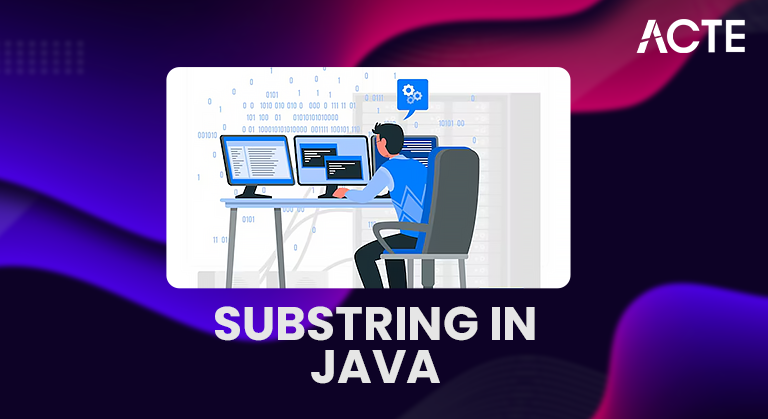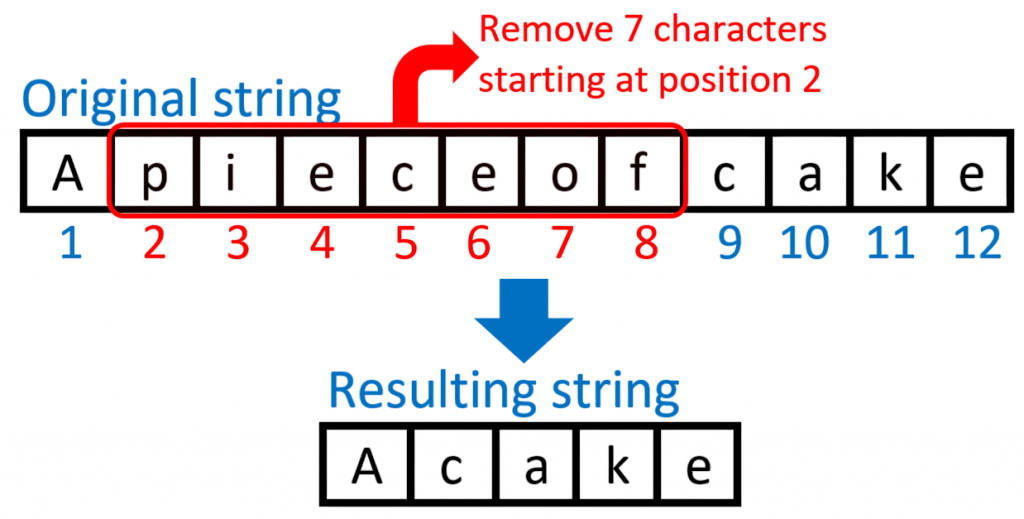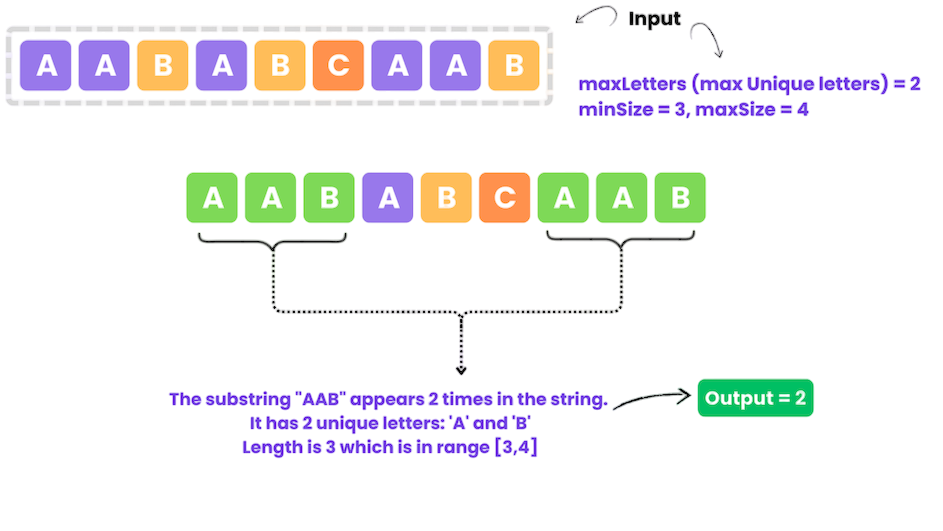
- Introduction to Substring in Java
- Understanding the String Class in Java
- What is a Substring?
- Syntax of substring() Method
- substring(int beginIndex) vs substring(int beginIndex, int endIndex)
- Extracting Substrings from Strings
- Handling StringIndexOutOfBoundsException
- Substring Search and Matching
- Case Sensitivity in Substring Operations
- Performance Considerations for Large Strings
- Best practices include
- Summary
Introduction to Substring in Java
Substrings are a fundamental concept in string manipulation and are frequently used in Java programming for parsing text, searching patterns, and data transformation. The method of Substring in Java is essentially a smaller portion of a larger string. Java provides built-in functionality through the substring() method of the String class, making it easy to extract desired portions of text from a string. To complement such string manipulation techniques with practical development expertise, exploring Web Developer Training equips learners with hands-on experience in HTML, CSS, JavaScript, and full-stack frameworks empowering them to build dynamic web applications that integrate backend logic with responsive front-end design. Whether you’re analyzing user input, extracting file names, or parsing logs, substring operations play a key role in string processing.
To Earn Your Web Developer Certification, Gain Insights From Leading Web Developer Experts And Advance Your Career With ACTE’s Web Developer Courses Today!
Understanding the String Class in Java
In Java, strings are handled by the String class, which is a part of the java.lang package. The String class is immutable, meaning once a string object is created, it cannot be changed. When a new substring is derived from an existing string, it doesn’t alter the original string but rather returns a new string object. To complement such immutability principles with structural code validation, exploring Syntax Analysis in Compiler Design reveals how parsers process token sequences to build syntax trees ensuring that source code adheres to grammatical rules before semantic evaluation and code generation. This immutability ensures thread safety and consistency but also has performance implications when dealing with many substring operations. The String class offers a variety of methods, including length(), charAt(), equals(), contains(), and of course, substring().
What is a Substring?
A substring is a contiguous sequence of characters within another string. For example, in the string “JavaProgramming”, “Java”, “Programming”, and “aPro” are all valid substrings. To complement such string manipulation fundamentals with career-oriented development skills, exploring What Is a Software Developer offers insights into the responsibilities, tools, and methodologies that define modern software engineering empowering individuals to build, test, and maintain applications across diverse platforms and industries. Substrings are typically defined by a start index and optionally an end index. In Java, the indexing of strings is zero-based, meaning the first character of a string is at position 0.
Would You Like to Know More About Web Developer? Sign Up For Our Web Developer Courses Now!
Syntax of substring() Method
Java provides two overloaded versions of the substring() method in the String class, allowing developers to extract portions of text with precision. To complement such string manipulation capabilities with modern language enhancements, exploring Kotlin vs Java offers a comparative view of two powerful languages highlighting Kotlin’s concise syntax, null safety, and coroutine support versus Java’s stability, widespread adoption, and robust ecosystem.

- String substring(int beginIndex): This returns the substring from the specified beginIndex to the end of the string.
- String substring(int beginIndex, int endIndex): This returns the substring starting from beginIndex up to, but not including, endIndex.
Both methods return a new string and throw a StringIndexOutOfBoundsException if the indices are invalid.
substring(int beginIndex) vs substring(int beginIndex, int endIndex)
The two variants of the substring() method serve slightly different purposes:
- substring(int beginIndex): Extracts all characters from the specified index to the end of the string.
- substring(int beginIndex, int endIndex): Extracts a portion of the string from the start index up to but not including the end index.
- String text = “HelloWorld”;
- System.out.println(text.substring(5)); // Output: World
- String text = “HelloWorld”;
- System.out.println(text.substring(0, 5)); // Output: Hello
It is crucial to ensure that beginIndex is less than or equal to endIndex and that both fall within the bounds of the string length to avoid runtime exceptions.
Are You Interested in Learning More About Web Developer? Sign Up For Our Web Developer Courses Today!
Extracting Substrings from Strings
Substrings can be extracted based on fixed positions, character search, or even dynamically based on user input or pattern matches. To complement such string manipulation techniques with versatile data handling, exploring Need To Know About Python List introduces one of Python’s most flexible data structures offering methods like `append()`, `insert()`, `sort()`, and `slice()` that empower developers to organize, modify, and access collections with precision and ease.

- String sentence = “Welcome to Java programming”;
- String word = sentence.substring(11, 15); // Output: Java
- int start = sentence.indexOf(“Java”);
- String extracted = sentence.substring(start, start + 4); // Output: Java
You can also use functions like indexOf() to dynamically determine where to cut the string: This is particularly useful in scenarios where the position of the substring is not known in advance.
Handling StringIndexOutOfBoundsException
A common pitfall when working with substrings is the StringIndexOutOfBoundsException, which occurs when the provided indices are invalid i.e., less than zero or greater than the string length. To avoid this, always validate indices before using them. To complement such defensive coding practices with versatile language skills, exploring What is Python Programming introduces a high-level, dynamically typed language known for its readability, modularity, and broad applicability from web development and automation to data science and machine learning.
- if (start >= 0 && end <= str.length() && start < end) {
- String sub = str.substring(start, end);
- }
Failing to handle this properly can result in runtime crashes, especially when working with dynamic data such as user input or external file content.
Substring Search and Matching
Substring matching is often used in searching and filtering operations. Java provides methods like contains(), startsWith(), endsWith(), and indexOf() for such purposes. To complement such string processing techniques with practical development expertise, exploring Web Developer Training equips learners with hands-on experience in HTML, CSS, JavaScript, and full-stack frameworks empowering them to build dynamic web applications that leverage efficient search logic and deliver responsive user experiences.
- String data = “OpenAI develops AI”;
- if (data.contains(“AI”)) {
- System.out.println(“Substring found!”);
- }
- // You can combine indexOf() with substring() for custom extraction:
- int index = data.indexOf(“develops”);
- String action = data.substring(index, index + 8); // Output: develops
These techniques are useful in text parsing, data validation, and information retrieval systems.
Case Sensitivity in Substring Operations
Substring searches and extractions in Java are case-sensitive by default. For instance, “Java” and “java” are considered different strings. To perform case-insensitive operations, you can convert both strings to the same case using toLowerCase() or toUpperCase(). To complement such string-handling precision with scalable architectural design, exploring What are Microservices introduces a modular approach to building applications where loosely coupled services handle distinct functionalities, enabling faster deployment, fault isolation, and seamless scalability across distributed systems.
- String s = “MachineLearning”;
- if (s.toLowerCase().contains(“learning”)) {
- System.out.println(“Match found (case-insensitive)”);
- }
Always be cautious with case sensitivity in user-facing applications, especially when handling names, emails, or keywords.
Performance Considerations for Large Strings
In older versions of Java (before Java 7 update 6), substring() returned a view (or reference) to the original string’s character array, which meant memory could be inefficiently used if a large string remained in memory just because of a small substring. This was fixed in newer versions, where substring() creates a new character array for the returned string, thus avoiding memory leaks. To complement such memory-safe improvements with collaborative development practices, exploring Guide to Git and Version Control provides developers with essential skills in branching, merging, and repository management empowering teams to track changes, resolve conflicts, and maintain clean, efficient codebases across evolving software versions. However, for very large strings or when substring operations are used repeatedly in a loop, it’s important to consider using StringBuilder or caching to avoid performance overhead. Substring operations are fast but can become expensive when combined with frequent allocations or in high-volume systems.
Best practices include:
- Always validate indices to prevent exceptions.
- Use indexOf() and lastIndexOf() for dynamic substring extraction.
- Be cautious with case sensitivity in comparisons and searches.
- Minimize unnecessary substring operations in loops for performance.
- Use StringBuilder or caching for repeated operations in large-scale processing.
Summary
The Substring in Java method is a crucial tool for text manipulation. It allows developers to extract and manage parts of a string, which is important for many programming tasks. Java has two versions of the substring() method, one takes a single parameter for the starting index, and the other takes two parameters for both the starting and ending indices.Knowing how these versions work and how to manage character indices can help avoid common programming mistakes. To complement such precision in string handling with practical development expertise, exploring Web Developer Training equips learners with hands-on experience in HTML, CSS, JavaScript, and full-stack frameworks empowering them to build robust web applications that minimize logic errors and enhance user interaction through clean, maintainable code.





